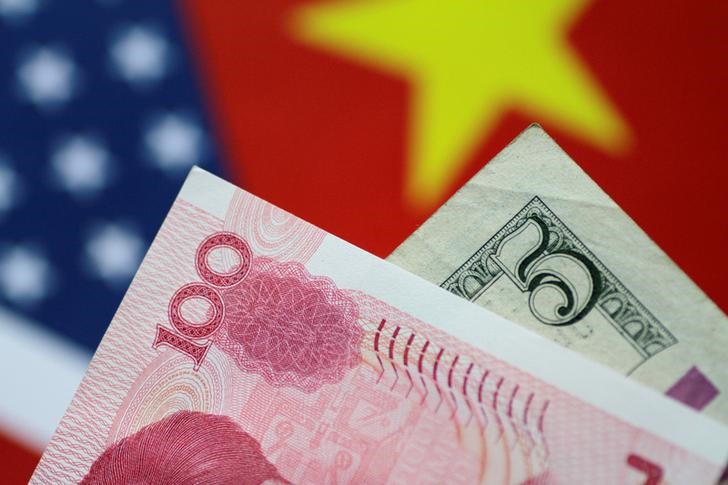
© Reuters.
By Ambar Warrick
Investing.com — Asian currencies sank on Monday, while the dollar rose as stronger-than-expected U.S. payrolls data brewed concerns that the Federal Reserve will be able to keep raising interest rates for longer, while worsening Sino-U.S. ties also weighed.
The dollar rose to a near one-month high against a basket of currencies, with the and up 0.1% each. Data on Friday showed that U.S. unexpectedly surged in January, pointing to a strong labor market despite increased economic headwinds.
The reading shows that the Fed has enough economic headroom to keep raising interest rates, with the central bank having signaled as much last week. This scenario bodes poorly for Asian currencies this year, as the gap between local and U.S. interest rate narrows.
The was among the worst performers for the day, down 0.5% after a Nikkei report indicated that Bank of Japan Deputy Governor Masayoshi Amamiya was in consideration to after incumbent governor Haruhiko Kuroda.
Amamiya is a proponent of the BOJ’s ultra-loose monetary policy, and his appointment as governor is widely expected to result in an extension of the bank’s yield curve control measures.
The fell 0.1% and was closing in on the 7 level against the dollar once again, as investors feared a potential worsening in U.S.-China ties after the off the coast of South Carolina. China condemned the move and claimed the object was a meteorological balloon that had accidentally drifted into U.S. airspace.
Risk-heavy Southeast Asian currencies were particularly rattled by the prospect of more U.S.-China tensions, as well as the strong payrolls reading. The sank 1.1% even as data showed the country’s raced back to pre-pandemic highs in the fourth quarter.
The lost 0.4% as read less than expected in January.
The edged 0.3% higher, with investors pricing in another 25 basis point hike by the on Tuesday, as inflation runs at over 30-year highs in the country. But the currency traded below the key 0.7 level against the U.S. dollar, with markets fearing that recent economic weakness could spur a near-term pause in rate hikes.
The fell 0.3%, with focus also turning to an interest rate decision later this week. The is expected to hike rates by 25 bps and signal an end to its rate hike cycle, given that inflation is now within the central bank’s target range.
